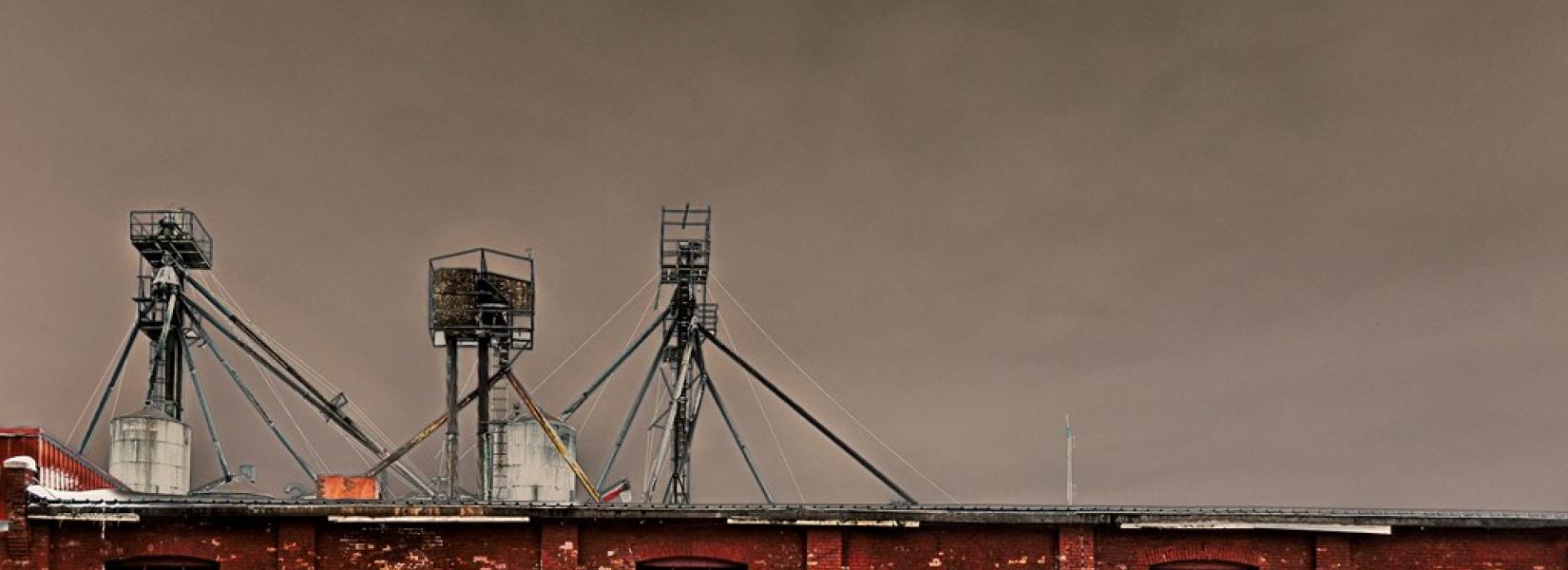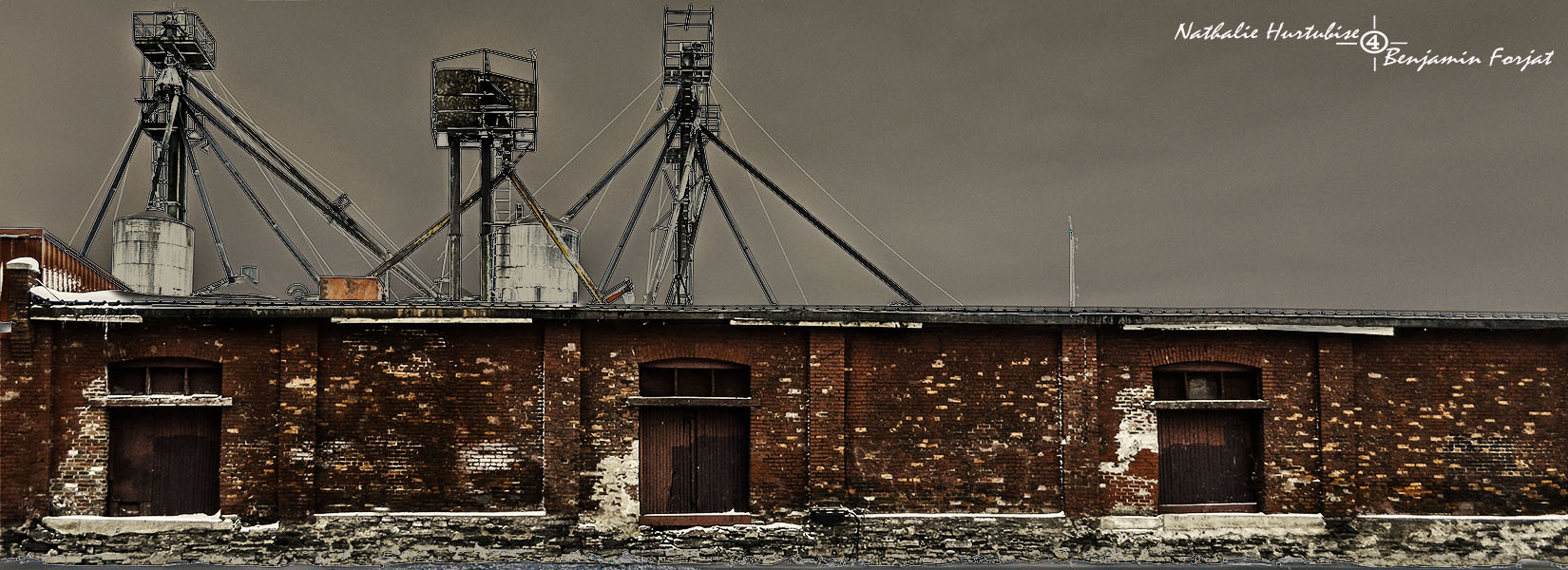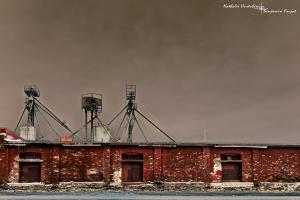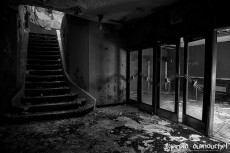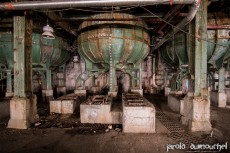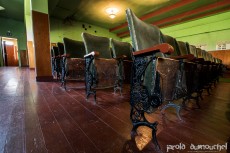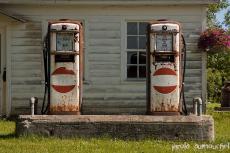No, this movie theatre does not bear that name, but you will allow me this nod to Giuseppe Tornatore's film that chronicles the history of cinema from its beginnings to today. Since the place has not suffered the wrath of vandalism and because...
Canadian Pacific Railway Freight Office
Trains and Grain
Hochelaga-Maisonneuve has been deeply marked by the train, in its development. Even today, it is surrounded by three tracks : the Canadian Pacific to the west, the now abandoned Canadian National to the east and the one of the port of Montreal to the south.
For the longest part of the 20th century, it was also bordered to the north by the «shop Angus», a vast industrial complex occupying 40 acres of land as well as the «Montreal Locomotive Works», a provider of the CPR, to the east, both now vanished.
The line of the Canadian Pacific Railway (CPR) to the west of the district is the first railway to arrive in Hochelaga-Maisonneuve. It was built in 1876 by a company created by the Government of Quebec, Quebec, Montreal, Ottawa and Occidental Railway (QMO & O). It is at the end of the 19th century that the CPR Freight Office was built, along this track on Moreau Street.
This modest wooden building has been classified by the City of Montreal, in 2007, as «a building with interesting heritage». It is obviously far from the buildings of heritage and architectural interest, exceptional value and large institutional character of the district that must be tightly controlled, as to the construction, renovation and demolition such as the Olympic Stadium, the Maisonneuve Market, the Letourneux fire station and many churches.
This is not so much its architectural quality that gives value to the CPR Freight Office rather than the period of great industrial deployment of Montreal to which it refers and the vital role played by the railways in the economy.
Nevertheless, in 2013, the last occupant, a food wholesaler for livestock farm, pack up and silos were demolished. Early 2014, it was the turn of the CPR Freight Office to go under the wrecker's ball and there remains today no trace of this piece of history in the area.
Related content
This is one of the oldest stationery in Quebec. Founded in 1851 by a american businessman, the company is composed of a half-dozen buildings on a fifteen hectares site. Saying that the site is large is an understatement, not only because it has a...
In 1937, we are in the golden age of cinema and in these Gaspé lands, the pastor of this small coastal village is looking for a way to finance the modern church to which he dreams. Convincing parishioners to provide wood and time to build a small...
Judging by the price on these old gas pumps, there is no doubt about the fact that they are abandoned long ago. If you look carefully at the left pump, it shows 68.4 ¢ per gallon (approximately 18 cents per liter), and the right one (probably...

